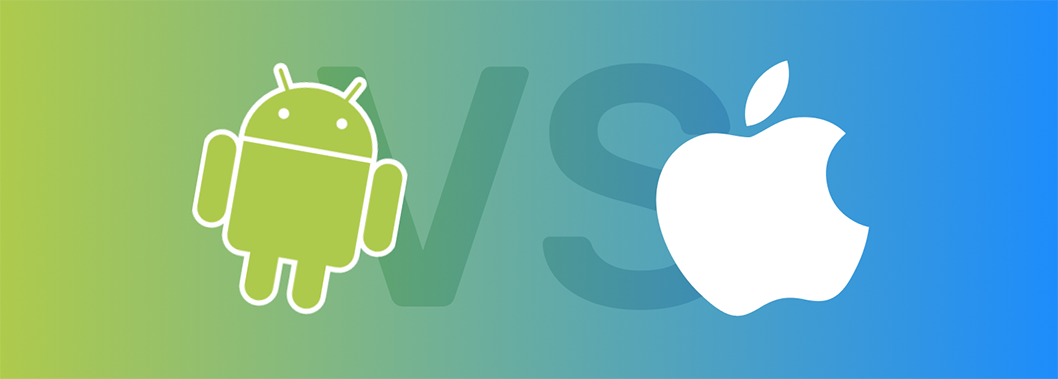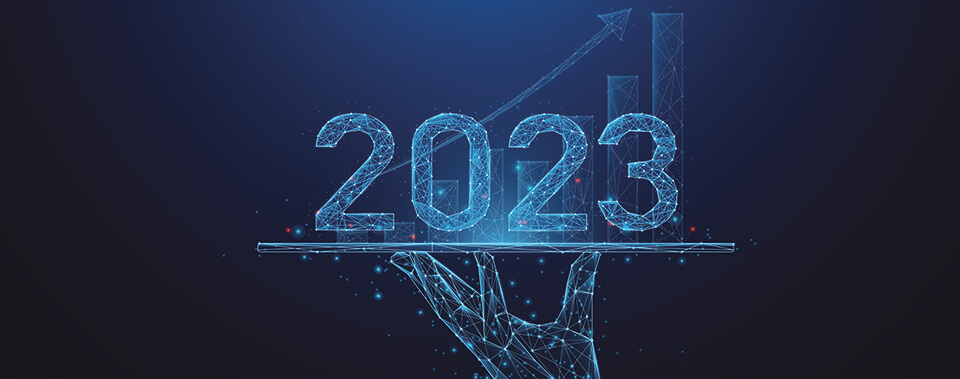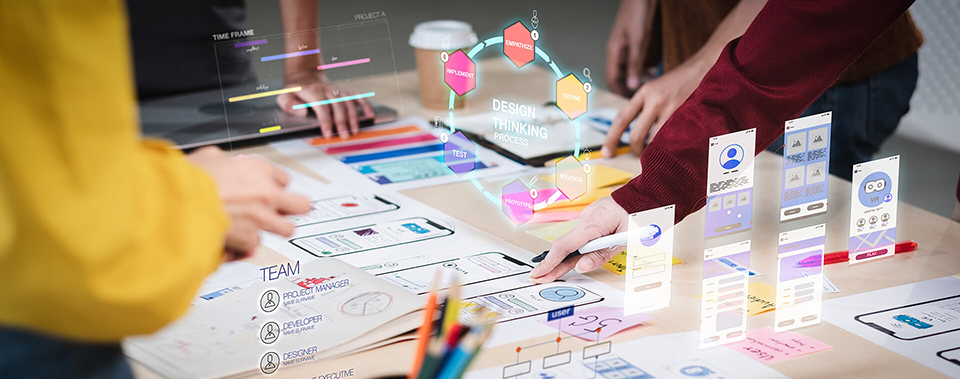
The Mobile application market is isolated between two driving stages that at present set the precedents in Mobile apps world. They are, obviously, Google's Android and Apple, both reliably chipping away at making their very own structure style that characterizes every way of how applications work and look.
One of the absolute first addresses you face when building up a Mobile application is the decision of the platform for which you are making your application. It's anything but a simple or clear decision and it depends enormously on a wide range of perspectives, for example, the part of industry your business is in, your objective client’s profile or the way your application works.
Platform to choose from: ANDROID VS IOS
iOS
iPhone clients are demonstrated to be more satisfied and occupied with utilizing their gadgets. This information converts into benefits – the greater part of the mobile platform' income is created by Apple and its clients invest even multiple times more energy utilizing applications. Furthermore, Apple clients on an average have a higher salary and an advanced education level than the clients of different platforms.
iOS has likewise ruled the fragment of business and all thanks to the significant level of security and the prestige of the Apple brand.
ANDROID
The fundamental preferred position of Android is the gigantic objective market this platform has, which is the reason Android is presently the most mainstream portable stage with a piece of the pie of 85%. This pattern likewise converts into more application downloads.
Google's significant star is additionally the application confirmation arrange – the procedure is a lot quicker and less complex than that of Apple.
You can visit our website
What are the differences?
The structure rules for Android gadgets are controlled by Material Design, and for Apple – by Human Interface Guidelines. Both these platforms have their origins in flat-design, however every built up has its very own arrangement of standards that decide the look and feel of the application.
iOS depends on 3 fundamental standards – reverence (content first), lucidity, and profundity. The content of the application is its most significant part and it tends to be enhanced by utilizing the white spaces, textual styles, and colors appropriately. To stand out for users, one can utilize the impacts of transparency, obscuring just as angles or shadows. And keeping in mind that moving around the application, the structure ought to propose a feeling of profundity and presence of layers that set up the application chain.
Android's Material Design depends on perceptions of this present reality and examining paper as a layer that makes the structure of the entire framework. With practical shadows, light, movement, and layers divisions you can make a natural UI for the application. Particularly, movement and shading assume a significant job, drawing consideration of a client and breathing life into the static interface.
What's significant here is that Apple consistently needs to have a full command over the improvement of its items, proposing to offer reliable encounters for every one of its clients. It tends to be effectively seen in the design, UX and execution of its items. Then again, Google made a platform that targets all accessible cell phones available. That is the reason the results of these two organizations have a few basic contrasts, which are portrayed beneath.
HOME BUTTON
Although Android devices have 3 buttons – back, home, and overview – which enable users to do most things on the phone, iPhones have (or used to have) only one button – the home button.
Techniques For NAVIGATION
The significant distinction between the two stages is the manner in which clients explore through the application. The fundamental component in Android UI is the Drawer menu, which is a drop-down list of components, arranged at one side of the screen. iOS utilizes the tab bar – its route is situated in the bar at the bottom of the screen.
These arrangements are at present accessible both on Apple and Android ('bottom navigation') and rely upon how the application is utilized. Be that as it may, the utilization of route in the lower bar is getting increasingly more typical as it is progressively instinctive and simpler to utilize.
TYPOGRAPHY
The two frameworks suggest utilizing their very own framework textual styles – Roboto for Android and San Francisco for iOS. The fundamental sizes of the content are almost same, however Material Design utilizes a bigger contrast in text dimensions and their format, while iOS fabricates the content chain of importance basically by utilizing bold type. Another feature for Android is likewise that in this stage increasingly white space is utilized between writings.
The choice between iOS and Android depends on the product we want to offer to our customers. You can Contact us



